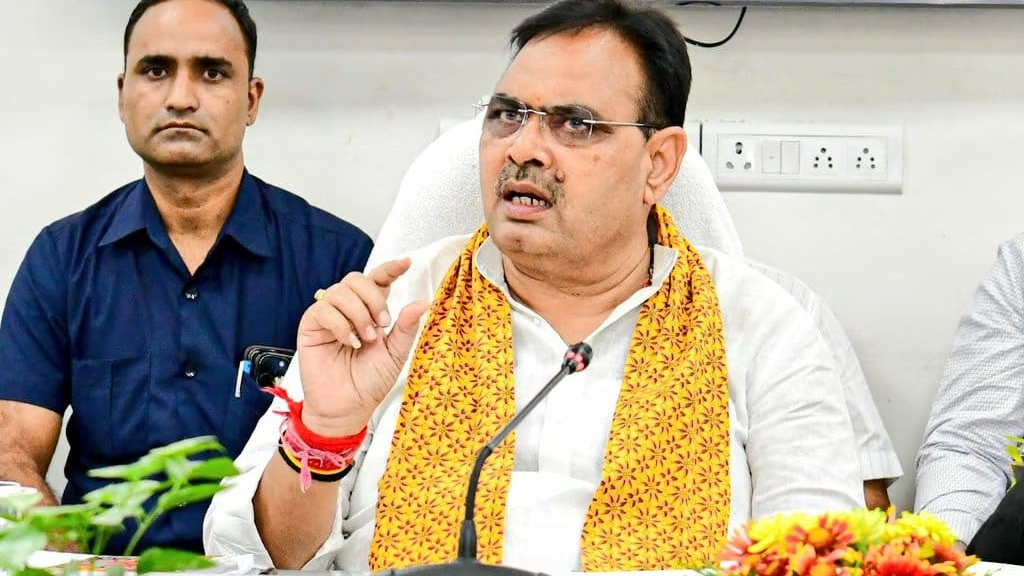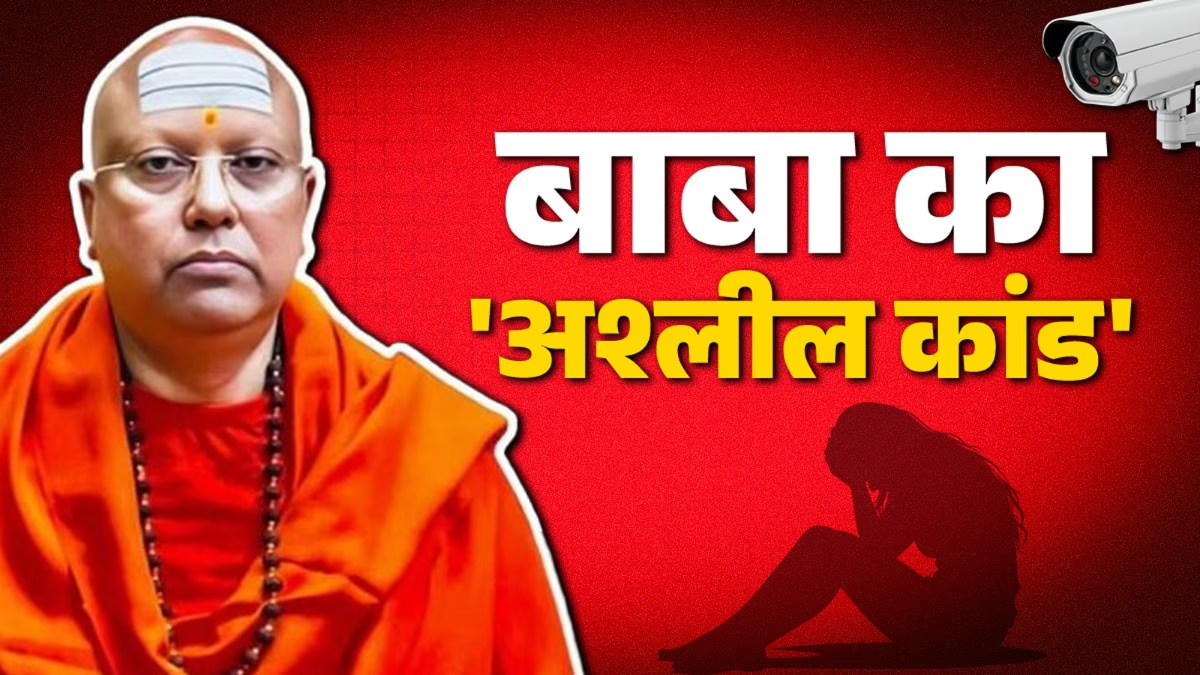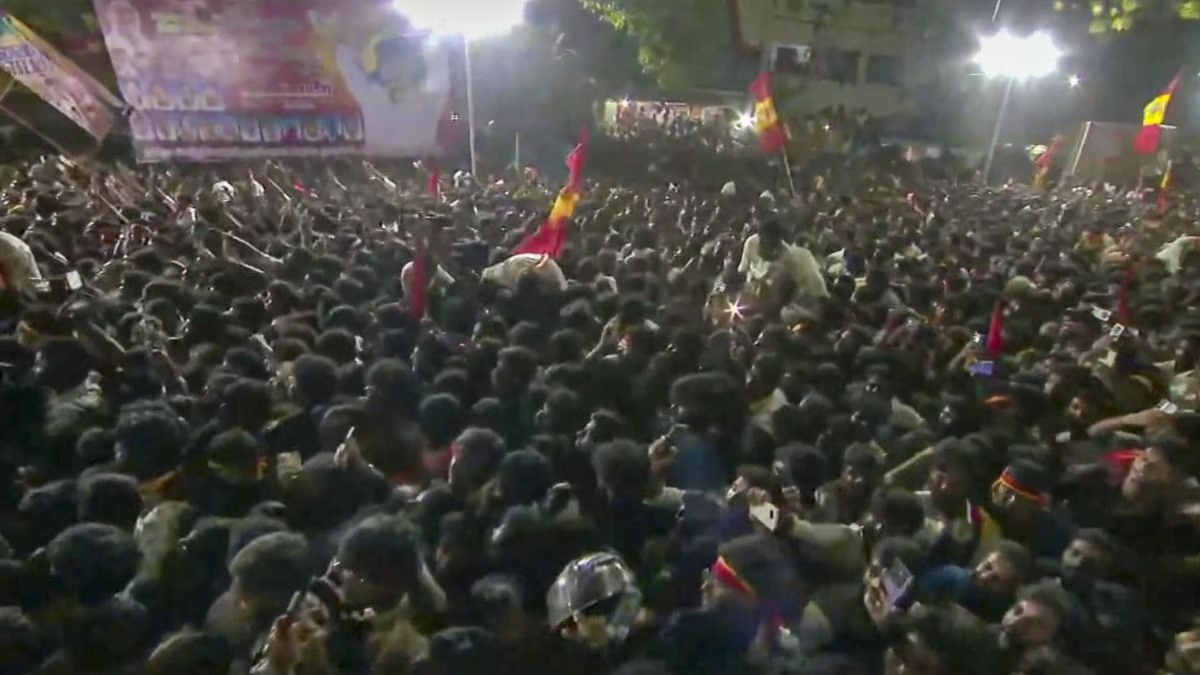Leading with transformative initiatives, Bhajanalal Sharma's government in Rajasthan has debuted its budget in the assembly. Presenting the long-anticipated budget, Finance Minister Diya Kumari articulated 188 announcements over an extended two-hour speech. The preceding regime, led by Ashok Gehlot, was also marked by a succession of grand promises, especially given the looming elections and a flurry of complimentary schemes borne out of the electoral fervor. The landscape has now transformed post-election with Bhajanalal Sharma's administration delivering its first complete budget. A budget steeped in temple revitalization, job creation, and advancing village and agricultural livelihood – quite the departure from prior years.
Temple Revitalization
The government, in its inaugural budget allocation, has earmarked significant funds for the revival of temples. Drawing inspiration from the transformation seen around the Vishwanath Corridor, a substantial budget of 100 crore rupees has been set aside for the enhancement of the Khatu Shyam Temple. Finance Minister Diya Kumari announced the restoration and development of old temples and religious sites, combined with a festive endowment of 13 crore rupees for celebrations across 600 temples in the state. On top of this, the establishment of model Ved institutions at the divisional level was revealed. Chief Minister Bhajanalal signaled that this was just the genesis, expressing an eagerness for the future unfoldings, unmistakably setting a determined course for a Hinduism-centric political narrative through this budget.
Women
Bhajanalal Sharma's administration unveiled a scheme to forge 'Lakhpatis' from 15 lakh women, alongside creating district-level hostels for working women, inaugurating schools for girls, and implementing the Chief Minister Arogya Ayushman voucher scheme for expectant mothers. The budget also accounts for 14 crores dedicated to constructing bio and pink toilet complexes in urban public spaces for women. Additionally, the budget promises to set up five new Anganwadi centers in every constituency while also announcing the establishment of 250 'Mother Badi' centers catering to tribal women and children. The previous government played its part by offering half-price bus fares for women, interest-free loans up to one lakh for women's self-help groups, and free scooters for girl students.
Youth
With a foresight for bolstering youth employment, the government pledges to deliver four lakh jobs over the next five years, with a hundred thousand of these slated for the current year. Students from eighth to twelfth grade who perform well academically will receive not only complimentary tablets and internet but also benefit from a 25 crore program encouraging business idea development initiatives within colleges. This budget reiterates the administration's target to create a combined total of 10 lakh jobs, inclusive of the private sector, over the coming five-year span. Furthermore, the earlier government’s budget also catered to the youth through eliminating application fees for government jobs, creation of a 500 crore welfare fund, and allocated 100 crore for skills development.
The Impoverished
Bhajanalal Sharma's administration has made ambitious pledges for the impoverished in its very first budget. Finance Minister Diya Kumari announced an increase in the SC-ST and TSP funds from 1000 to 1500 crores, a Govind Guru Tribal Area Development Scheme wih a supply of 75 crores for communal titles in forest regions, and an extra subsidy of 25,000 rupees for beneficiaries of the Prime Minister’s Urban Scheme. The government also unveiled the Chief Minister's SwaNidhi plan, aiming to aid street vendors and other needy individuals.
Farmers
The government promises interest-free agricultural loans to five lakh new farmers, an allocation of subsidies for 5000 farmers constructing water reservoirs, and the launch of the Rajasthan Agricultural Development Scheme modeled after the national counterpart, with a 200 crore grant aimed at modern agriculture. Additionally, an initiative was announced to support 50 farmers in each block with up to 10,000 rupees each to produce organic fertilizer from livestock. The previous government had also addressed farmer’s needs by providing free electricity for up to 2000 units to 11 lakh framers, interest-free loans worth 3000 crore, and subsidies up to 1000 crore for greenhouses and other facilities.
Village Inclusivity
While the past administration envisioned a 2030 plan, Bhajanalal Sharma's regime sets its gaze on a profoundly developed Rajasthan by 2047. This blueprint ensures connectivity by delivering water supply to 5846 villages and expanding electricity outreach to over two lakh homes currently without it. Furthermore, a 9000 crore budget for road repair and construction, along with the development of nine greenfield expressways, reflects a strong commitment towards infrastructural progress.




